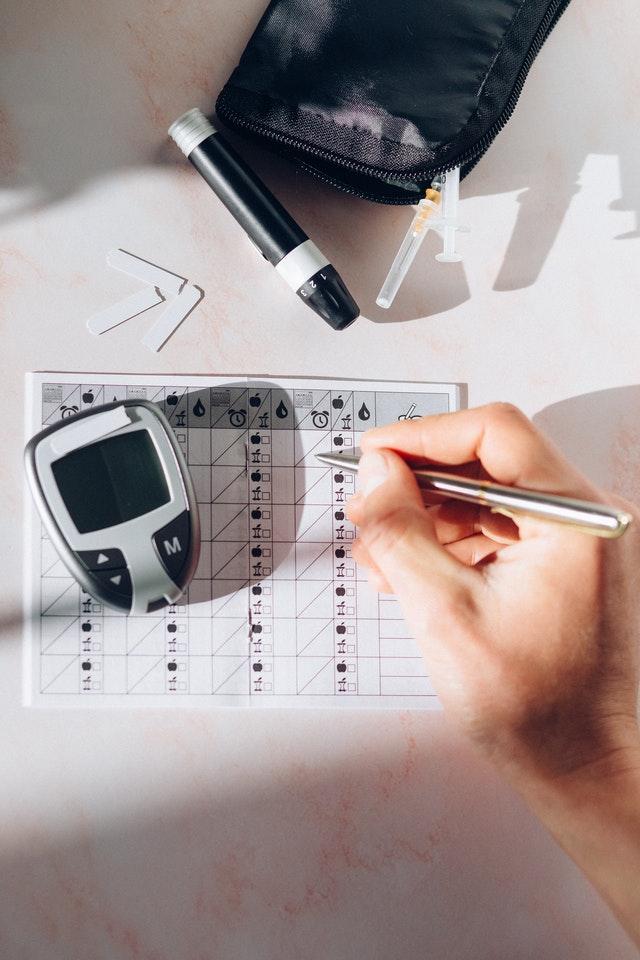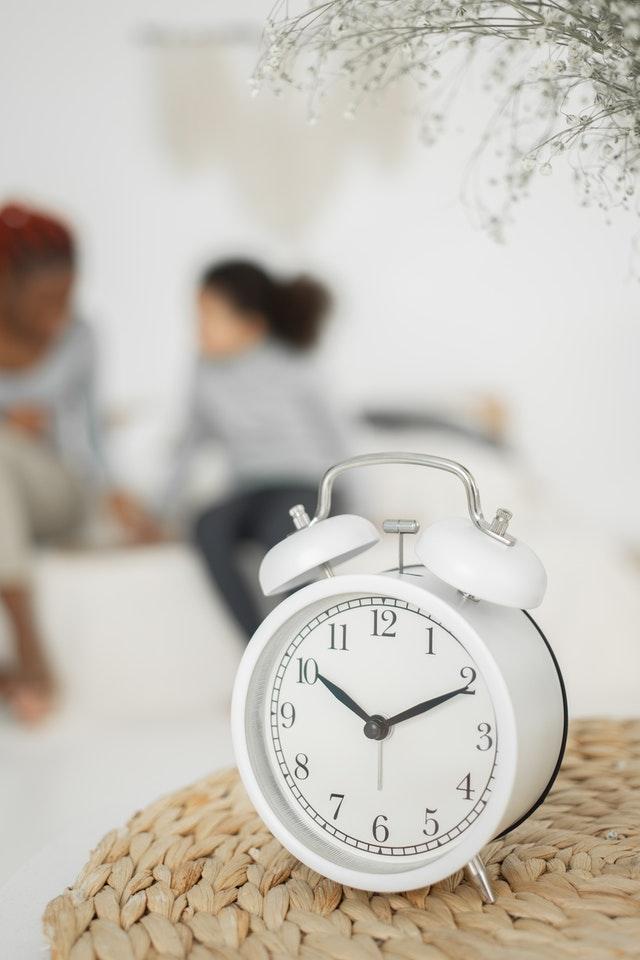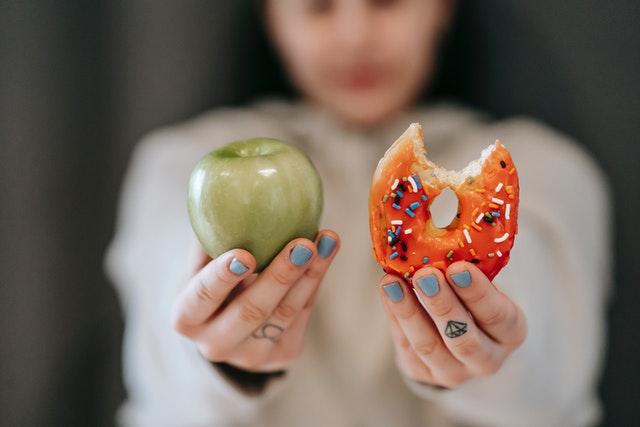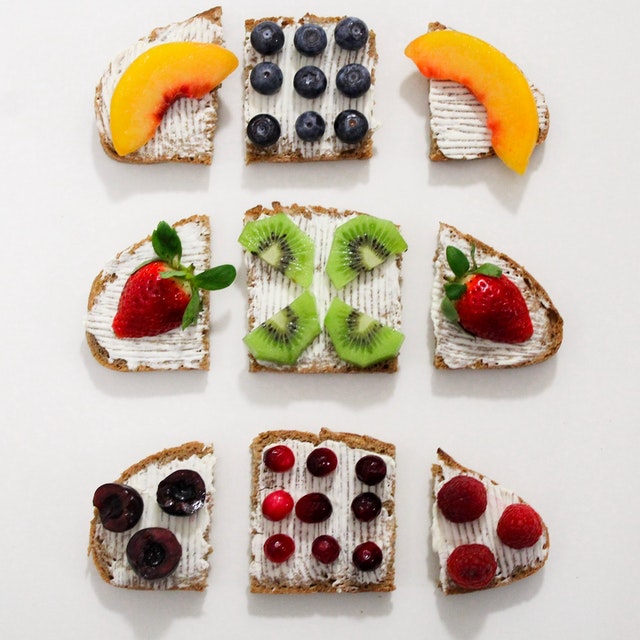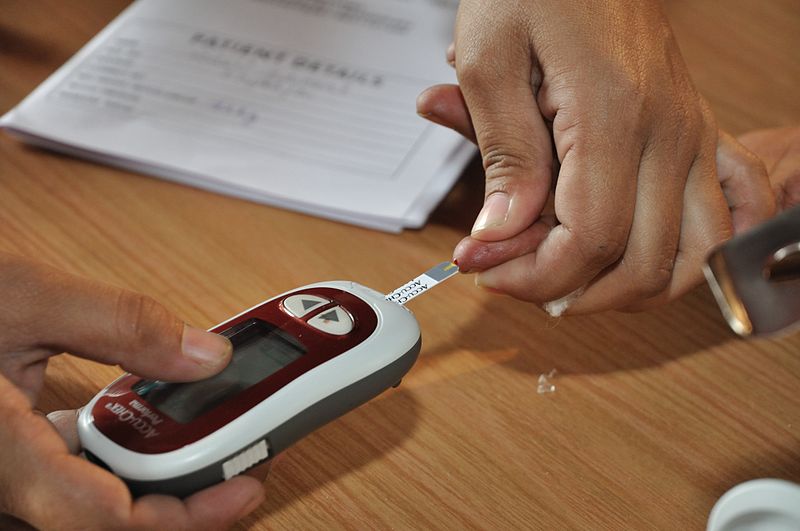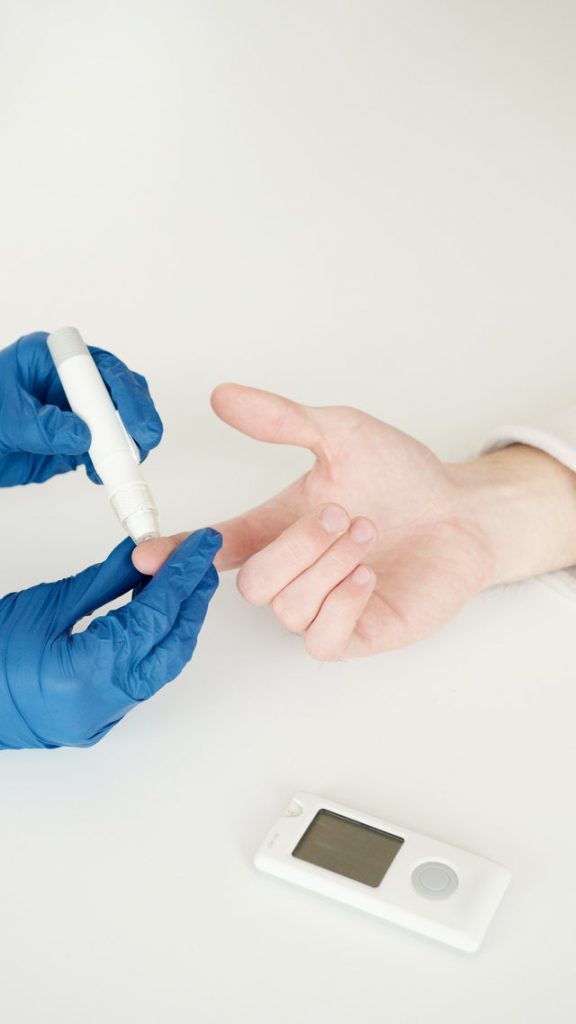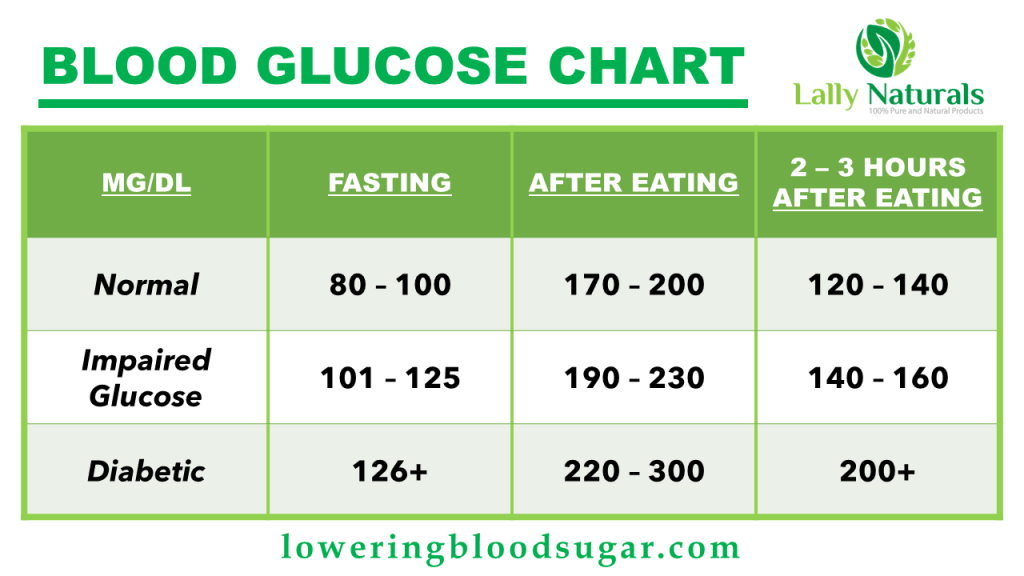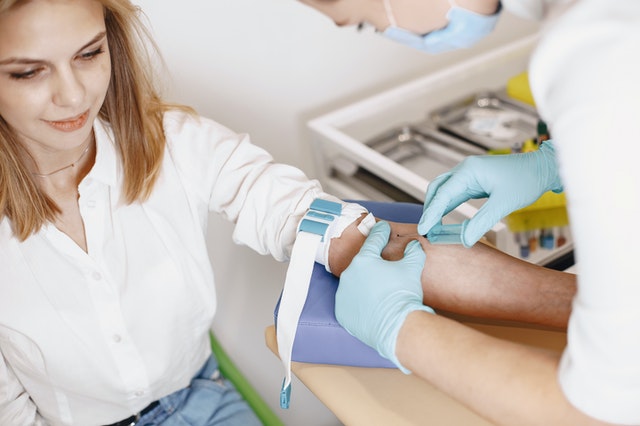Posts Tagged ‘blood sugar level’

What Should My Blood Sugar Be When I Wake Up?
The most important thing that you should do each morning as you wake up is to check your blood sugar. Essentially, you can be able to determine how you go about the activities for the rest of your day by fasting blood sugar readings. Having a morning blood sugar level chart will help you know how high or low your fasting blood sugar is every morning. This will then enable you to set your morning target or what things you can do for you to achieve your target. Continue reading to find out more details about morning blood sugar.
What should my blood sugar be when I wake up?
Managing your overnight and morning readings is crucial if you want to control your blood sugar. Here are some of the details on what your morning blood sugar range reading should be as you wake up: –
– Fasting/ On Waking Up
- If you are not diabetic, your blood sugar reading should be around 70 – 99 mg/dl.
- If you are diabetic then your blood sugar reading should be between 80 – 130 mg/dl.
- Should your blood sugar reading be below 70 mg/dl then you have low blood sugar and it indicates a hypoglycemic reaction. Moreover, you have a high blood sugar condition should the reading indicate over 130 mg/dl.
– 2 hours after Meals
Your blood sugar should compare as following if you check it 2 hours after taking your meals:
- When you do not have diabetes then your normal blood sugar reading should be less than 140 mg/dl.
- If you have diabetes then your normal blood sugar reading should be less than 180 mg/dl.
– With HbA1c (Hemoglobin A1c)
Taking a Hemoglobin (HbA1c) test will enable you to determine your average blood sugar readings for the last 2 or three months. Additionally, you can take this test if you have not checked your blood sugar level reading for quite some time or if you have never checked it before since you think you do not have diabetes. After taking the test, your results are normal if:
- Your reading is less than 5.7% and you do not have diabetes.
- The reading is less than 7.0% and you have diabetes.
Symptoms of high blood sugar in the morning
You can determine whether or not you are experiencing the early morning hyperglycemia by having a routine check of your blood glucose each morning or by wearing a continuous glucose monitor (CGM). Further, you may be experiencing some signs and symptoms of hyperglycemia if you have the following: –
- Increased thirst
- Urination frequently and excessively.
- Eating more than you are used to.
- If you do not have a clear vision. Everything appears blurred.
How to Test Your Blood Sugar
You already have details on what your morning blood sugar range should be when you wake up. Consequently, you should also have information on the right way to test your morning blood sugar level. First, you should check your blood sugar level within the first 10 to 15 minutes after waking up in the morning for you to get an accurate reading. Second, it is recommended that you wash your hands thoroughly prior to taking or checking your blood sugar level when you wake up in the morning. Washing your hands thoroughly will help in getting rid of any contaminants that can cause inaccuracies in the results. Third, taking any caffeinated beverages before the test may lead to a spike in your blood sugar level. Therefore, you should avoid taking any caffeinated beverages at all costs if you want to get the correct blood sugar level.
What if Your Morning Blood Sugar Level is High?
You may have relatively higher blood sugar levels in the morning which is quite natural. The relatively higher blood sugar levels in the morning are because of certain hormonal changes in your body. Should this happen, your body will produce enough insulin that will aid in normalizing your morning blood sugar level. However, if you have diabetes, this may not happen.
You may also have a condition in which the fat cells and muscles in your body fail to use insulin effectively. This condition is called insulin resistance and it may lead to your blood glucose levels staying higher. Besides, if you have this condition, it will affect your liver functions and therefore lead to changes in the manner it processes and releases sugar, mostly during nighttime as you sleep.
However, when you have type-2 diabetes, the situation may be different since your liver will start releasing a large amount of glucose than is required in your blood. Therefore, it will lead to your blood sugar level elevating in your system because of your hormones and liver. When your hormones cause your blood sugar to spike and your liver also releases more glucose than is required the level of your morning blood sugar will stay higher unless you maintain a strict diet and exercise. Moreover, you may be required to take medications for better management of your blood sugar levels.
Ways to Help You Prevent High Morning Readings
As you already know, your blood sugar level when you wake is determined by whether you are diabetic or not. Luckily, there are certain things that you can do to help in preventing your blood sugar levels from rising above normal in the morning and they include: –
- Manage Your Body weight
Losing weight is essential in managing your glucose levels especially if you are overweight and have been diagnosed with type-2 diabetes recently. Losing weight will help in regulating your hormones and increasing your insulin sensitivity hence lowering the sugar levels in your blood. When you are overweight and you want to lose weight, you should start by checking your diet for example by avoiding processed foods and eating a lot of fruits and veggies. You should also reduce the intake of less healthy foods in your diet. You can also improve your physical activities.
- Check your blood glucose before bed.
The glucose levels in your blood are likely to stay constant the entire night especially if they are high as you are going to sleep. You can lower your glucose levels if they are high before going to bed by changing the content of your food and eating time. Additionally, you can do light physical exercise like walking from 10 – 15 minutes to reduce your blood glucose levels should they be high. Despite adding some light exercise before bed, and changing what time you eat and what you eat, you may also need to adjust the quantity of mealtime insulin that you take to cover it.
- Avoid certain foods
The duration at which you take certain food before bedtime should also change. You should avoid taking large, late dinner or nighttime snacks right before going to sleep. Besides, it is recommended that you eat low-carb, take early dinner, and then no snacks afterward as per One strategy from Adam Brown.
- Insulin
Taking enough insulin quantity to cover your evening meal is also great in preventing high morning blood sugar readings. For example, your glucose levels will be elevated the entire night and in the morning readings if you take a low insulin dose. Therefore, you should ensure to take the right insulin dosage.
- Have a Bedtime snack
Before going to bed, you should eat something to help in stabilizing your blood sugar. However, whatever you eat should not contain more than 20g of carbs. Taking a bedtime snack will prevent your liver from producing an unwanted amount of glucose as you sleep. Some of the low-carb bedtime snacks that you can take include low-fat yogurt, frozen grapes, soybeans, a serving of fresh salsa and tortilla chips, and a small piece of fruit.
- Evening exercise
Another way of reducing your glucose levels in the morning is by doing exercise in the evening. Despite exercising before bed helping in bringing the levels of glucose down in the morning, it may be dangerous. This is because the exercise may lead to a lowering of glucose over the hours as you sleep hence leading to dangerous hypoglycemia.
- Morning exercise
The dawn phenomenon or another reason may cause your blood glucose levels to be high. You can lower the high glucose levels in your blood by doing morning exercise.
A Quick Tip
You should talk to your doctor before trying to manage your blood sugar levels. Additionally, you should also keep in mind your blood sugar reading, your lifestyle, your A1C results, and any other medication that you may be taking before trying to manage your morning blood sugar levels.
Your fasting blood sugar readings are also crucial since they will let you know how your body has worked while you are sleeping at night. Therefore, with the fasting blood sugar readings, you will be able to make the necessary changes that you may need for better control of your situation.

Controlling Diabetes with Diet
Controlling Diabetes with Diet – With a healthy diet and with regular exercise, diabetes can be controlled in a way that it won’t get any worse. Maintaining normal blood sugar levels can lessen the risk of having severe diabetes.
Controlling Diabetes with Diet, how? Here are a few general things you need to balance to have and maintain normal blood glucose levels:
- Taking prescribed medication for Diabetes
- Eating the right kind of food
- Doing regular exercise or any physical activity
Being able to manage these three basic things will definitely help achieve the optimal blood glucose levels.
What are Carbohydrates?
What is the role or what is the purpose of carbohydrates? Well, carbohydrates are the main source of energy for our body. About half of our daily calorie intake should have carbohydrates to have enough energy to get through the day.
What different food that are carbohydrates? These following carbohydrates break down into sugar in our blood:
- Bread
- Grains
- Starchy Veggies
- Fruits
- Dairy Products
- Sweets
Once the carbohydrates are broken down to sugar, the sugar gets stored and is as energy for the body. The presence of insulin is important in transporting the sugar to reach its designated storage area. Having too little insulin in the body will result in having high blood sugar levels. Controlling diabetes with diet is one of many ways to help reduce the risk of having severe diabetes.
Counting Carbohydrates? How does it work? Controlling Diabetes with Diet
Carb-counting (Carbohydrate counting) is the method of literally counting the amount of carbohydrates from the food or drinks you consume. Controlling diabetes with diet would include controlling how much carbohydrates you put in your body by distributing the amount evenly over your meals.
How do you know the amount of carbohydrates in your food or drink?
It is most probably listed on food labels at the back of the food packaging or it can be easily searched from the internet. It is better to read the labels including the serving size.
An example is 1 slice of toasted bread, with 1 teaspoon of peanutbutter, half of a regular sized banana, and 1 cup of regular milk is equivalent to three (3) carbohydrate servings or forty-five (45g) grams of carbs. (1 serving = 15 grams of carbohydrates)
Though google may provide a general idea of the amount of carbs in the food / drink you eat, having a registered dietitian by your side is definitely a bonus. A dietitian will help you with controlling diabetes with diet.
Are there Good and Bad carbohydrates?
The better carbs are those with a higher amount of fiber in them. Several research shows that getting right amounts of fiber regularly is beneficial for our health.
Fiber is a type of carbohydrate wherein fiber-rich foods will generally have more nutrients for the body. That explains why fiber is not in meat, fat and not even in dairy products. The following are examples of carbs with fiber are the following:
- Whole grain bread
- Whole grain cereals
- Whole grain pasta
- Brown Rice
- Barley
- Beans and Lentils
Fruits are also a great source of fiber. It is suggested that some fruits be eaten with their skin on. However, don’t forget to wash them. Fresh fruits and vegetables will always be better than canned ones. Less processed would mean more fiber.

What does Regular Exercise mean?
Controlling diabetes with diet would not only mean the regulation of food intake but also the amount of physical activity you do daily. With regular exercise (which would mean any physical activity such as dancing, home workouts, walking, gardening, etc), the following benefits will be achieved:
- Insulin Sensitivity Increases
- Promotes Healthy Bones
- Promotes healthy weight
- Improves Sleep
- Help lower blood glucose levels
It is always best to check with your doctor!
Controlling Diabetes with Diet

Tips and Tricks to Keep Your Blood Sugar Level from Rising
Too high or too low sugar levels can lead to various complications and diseases. Usually when blood glucose is just a little bit over the border, mild symptoms could manifest. However, if it’s way above the normal level on a regular basis, you could have a chance developing a chronic disease. This is why recognizing the symptoms before it can develop into a full blown disease can be helpful in preventing the blood sugar from spiking up.
Hyperglycemia is the medical term used for when the person has a high blood sugar level. This happens when the body inefficiently uses insulin. And when insulin is not properly utilized, glucose (sugar naturally produced by the body and obtained from the food we eat) cannot be synthesized into a usable form of energy. As a result, a lot of this sugar stays within the bloodstream.
Ways to Keep Blood Sugar Levels Balanced
This is where blood sugar support comes in. Blood sugar support is needed to help the body regulate the glucose in the blood. Along with this, there are also other ways in which you can keep your blood sugar levels steady:
1. Spice up your meal

Cinnamon, cloves, rosemary, oregano, and other spices are good spice companions when you’re looking to decrease your blood sugar levels.
2. Add protein during meal time
The body tends to absorb proteins more slowly than any other food types. As a result, the bloodstream also absorbs glucose slowly. Proteins also help our satiety center satisfied for quite a while thereby reducing our sugar cravings.
3. Get Enough Rest and Sleep
Getting the recommended eight hours of sleep each night can help prevent blood glucose levels from rising. When you don’t get enough hours of a good night sleep, the tendency is that it makes it harder for glucose to work on cells causing them to stay in the bloodstream.
In order to notice a difference in your health, you would need to discipline yourself to do these blood sugar support tips and tricks. Start by incorporating one of these into your daily routine and your blood sugar levels will be as normal as it can be in no time.
If you’re not taking any supplements for blood sugar regulation, Lally Naturals Blood Sugar Supplements is made up of a mix of herbs such as cayenne, banaba, Gymnema sylvestre along with others that are great in helping your blood sugar level at bay.

Fasting Blood Sugar and Chart
Fasting Blood Sugar and Chart – There are different tests for testing Blood glucose – Random or Fasting Tests.
Fasting Blood Sugar Test
Fasting Blood Sugar test means that no food or drinks (except for water) be consumed eight hours before the actual test. It is better to schedule the fasting test in daytime or first thing in the morning so that fasting won’t be hard since you were already in a fasting state when you were asleep.
Random Blood Sugar Test
Unlike the fasting test, this test allows you to eat and drink even right before the glucose test.
More Common: Fasting Blood Sugar Test
The fasting test is more common since this test is said to get much more accurate results compared to the random glucose test. In addition, fasting glucose test is easier to interpret. Fasting Blood Sugar and Chart
It is important that before the test starts, inform your doctor about all the medications you have been taking, both prescription drugs, over-the-counter-drugs, and even supplements whether herbal or not. Your doctor might ask to pause from taking your medications or just to change the dose before the blood glucose test. This is important to get accurate results since there are medications that may affect the body’s blood glucose levels.
Here are certain Medications that may affect blood sugar levels:
- corticosteroids
- diuretics
- birth control pills
- hormone therapy
- aspirin (Bufferin)
- antipsychotics
- lithium
- epinephrine (Adrenalin)
- tricyclic antidepressants
- monoamine oxidase inhibitors (MAOIs)
- ·phenytoin
- sulfonylurea medications
Blood sugar levels increases when a person gets stress from certain circumstances such as:
- surgery
- trauma
- stroke
- heart attack
You should tell your doctor if you’ve recently had any of these.
What happens during a Blood Sugar Test?
Blood sample is taken by using a device that merely pricks a finger to get that small blood sample. In other tests, blood from a mere prick is not enough that is why doctors would collect blood directly from a vein.
1. Before collecting the blood sample, the nurse/healthworker in charge would first clean the area where the blood is taken from, usually by wiping the area with cotton with alcohol to kill germs.
2. Second step uses a method that makes a vein visible. Usually, this method uses an elastic band to wrap around the upper arm. Once the vein is visible enough, a sterile needle will be inserted to collect the blood. It is important to relax your arm to reduce the moderate pain from the needle.
3. After collecting the blood, the nurse/healthworker removes the needle and covers up the skin with a band-aid.
4. The blood sample is then transferred to the laboratory to be tested. Fasting Blood Sugar and Chart
5. When the results are ready, the doctor will then discuss what’s in the result.
What are the Possible risks associated with a blood sugar test?
There is very little chance that people who get their blood tested develop health problems. Although the chances are very little, it is not definitely zero percent. Fasting Blood Sugar and Chart There are possible risks such as:
- multiple puncture wounds if it’s difficult to find a vein
- excessive bleeding
- lightheadedness or fainting
- hematoma, or blood collecting under your skin
- infection
Results of Blood Glucose tests
Normal Blood Test Results
The results depend on whether the test was the Fasting Blood Sugar test or the Random Blood Glucose Test. For the fasting blood sugar test, normal levels is between 70mg per deciliter and 100 mg per deciliter (mg/dL). On the other hand, the random blood sugar test levels are usually under 125mg per deciliter. However, the exact levels will still depend on what you ate last. Fasting Blood Sugar and Chart
Abnormal Blood Test Results
Again, the results depend on whether the test was the Fasting Blood Sugar test or the Random Blood Glucose Test. For the fasting blood sugar test, the results listed below will indicate whether there are signs of prediabetes or diabetes:
- A blood glucose level of 100–125 mg/dL indicates that you have prediabetes.
- A blood glucose level of 126 mg/dL and higher indicates that you have diabetes.
On the other hand, the random blood sugar test levels the results listed below will indicate whether there are signs of prediabetes or diabetes:
- A blood glucose level of 140–199 mg/dL indicates that you may have prediabetes.
- A blood glucose level of 200 mg/dL and higher indicates that you likely have diabetes.
If your random blood glucose test results are abnormal, your doctor will probably order a fasting blood glucose test to confirm the diagnosis or another test such as an Hgba1c.
Blood Sugar Regulation
Blood sugar regulation is the process by which blood sugar is maintained by the body.
Here are some recent discussions on this topic:
Originally from : http://stcharleshealthandwellness.com/is-it-blood-sugar/
Is it Blood Sugar?
I am amazed how many times blood sugar dys-regulation, the inability for our bodies to properly regulate our blood sugar levels, is one of the most significant factors or drivers in the patients we see! If we got together with a group of friends, we would likely find three or four reactive hypoglycemics, five with insulin resistance, two pre-diabetics and a few with diabetes. While the particulars of these diagnosis are not important for this discussion, what is important is people with blood sugar issues are literally everywhere!
Originally from : http://juice4life.com.mx/juicing_recipes/2013/08/swiss-chard-the-blood-sugar-regulation.html
Swiss Chard the Blood Sugar Regulation
The reason Swiss Chard is so colorful is because it is one of the most antioxidant-rich foods on the planet. Swiss Chard is an excellent source of 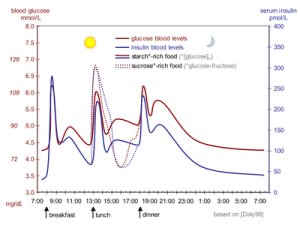 nutrition that includes a lot of vitamins and minerals.
nutrition that includes a lot of vitamins and minerals.
It contains syringic acid which help to regulate blood sugar levels. If you have been diagnosed with diabetes, you should drink the juice of Swiss Chard.
Originally from : http://www.botanicchoice.com/blog/herbs-naturally-support-healthy-blood-sugar/
Natural Herbal Support
When it comes to natural remedies to promote healthy blood sugar, each of cinnamon and blueberry leaf are irrevocably linked as go-to herbal support. As natural supplements, the connection between cinnamon and blood sugar as well as blueberry and blood sugar is not scientifically proven. Yet, thousands of people consume them daily to maintain health blood sugar already in the normal range successfully each year with tasty results.
Originally from : http://www.chooselife2live.com/blood-sugar-regulation/
Blood Sugar Regulation
Stress and trauma send our bodies out of regulation. When under these conditions our bodies will react in certain ways including anxiety, depression, bipolar disorder, migraines, seizures, addictions, and other neurological problems. All people respond in different ways based on their genetics and surroundings. One of the main reasons for these common conditions is unregulated blood sugar levels.
When you know you are under stress, be aware of sugar and carbohydrate cravings, sugar intake, and carbohydrate intake because eating these foods will only make the stress worse. Concentrating on increasing proteins and fats, adding B vitamins and decreasing high glycemic foods and sugars can help stabilize adrenals and hormone regulation.![]()
![]()
![]()
![]()
![]()
![]()
